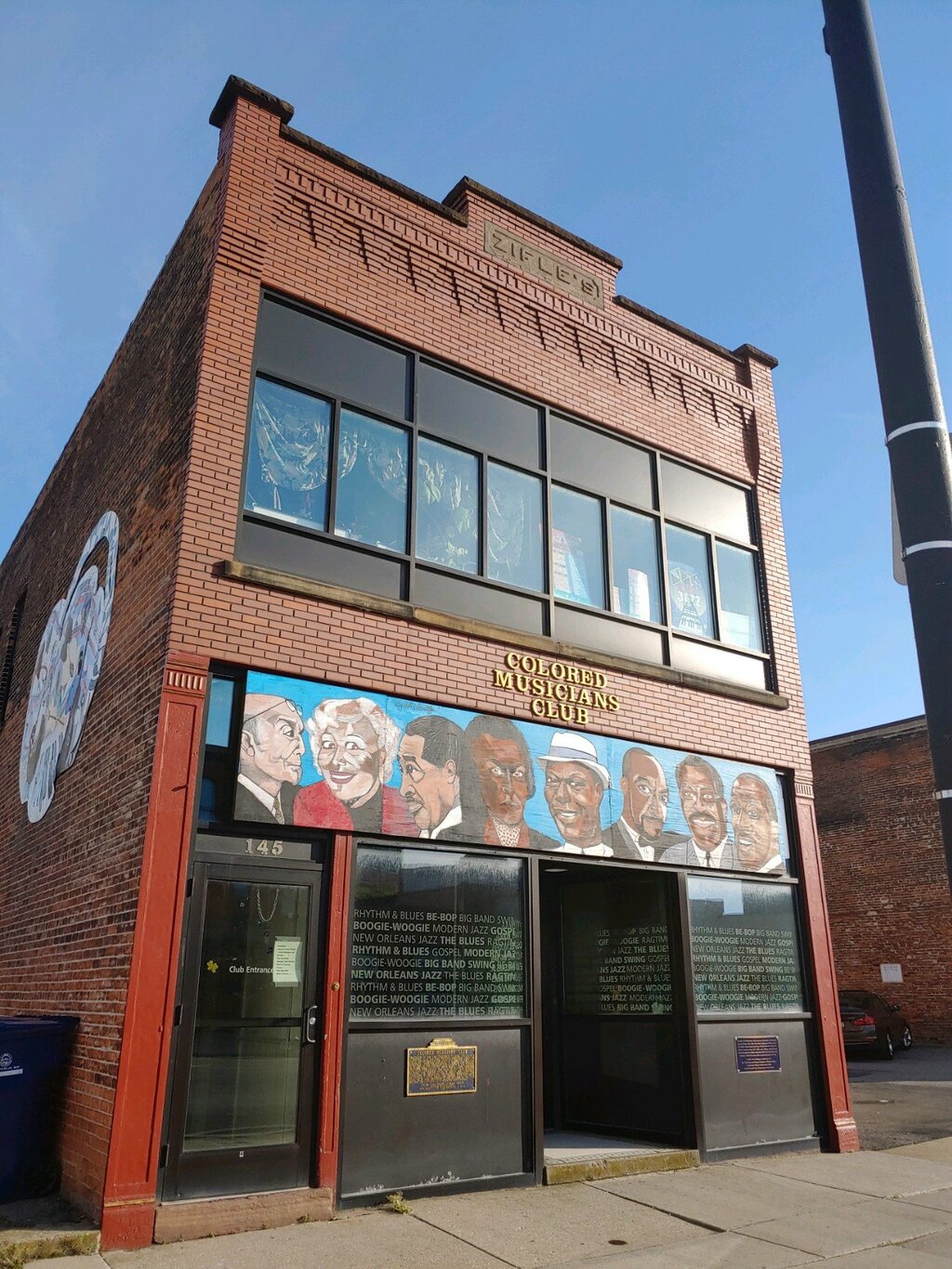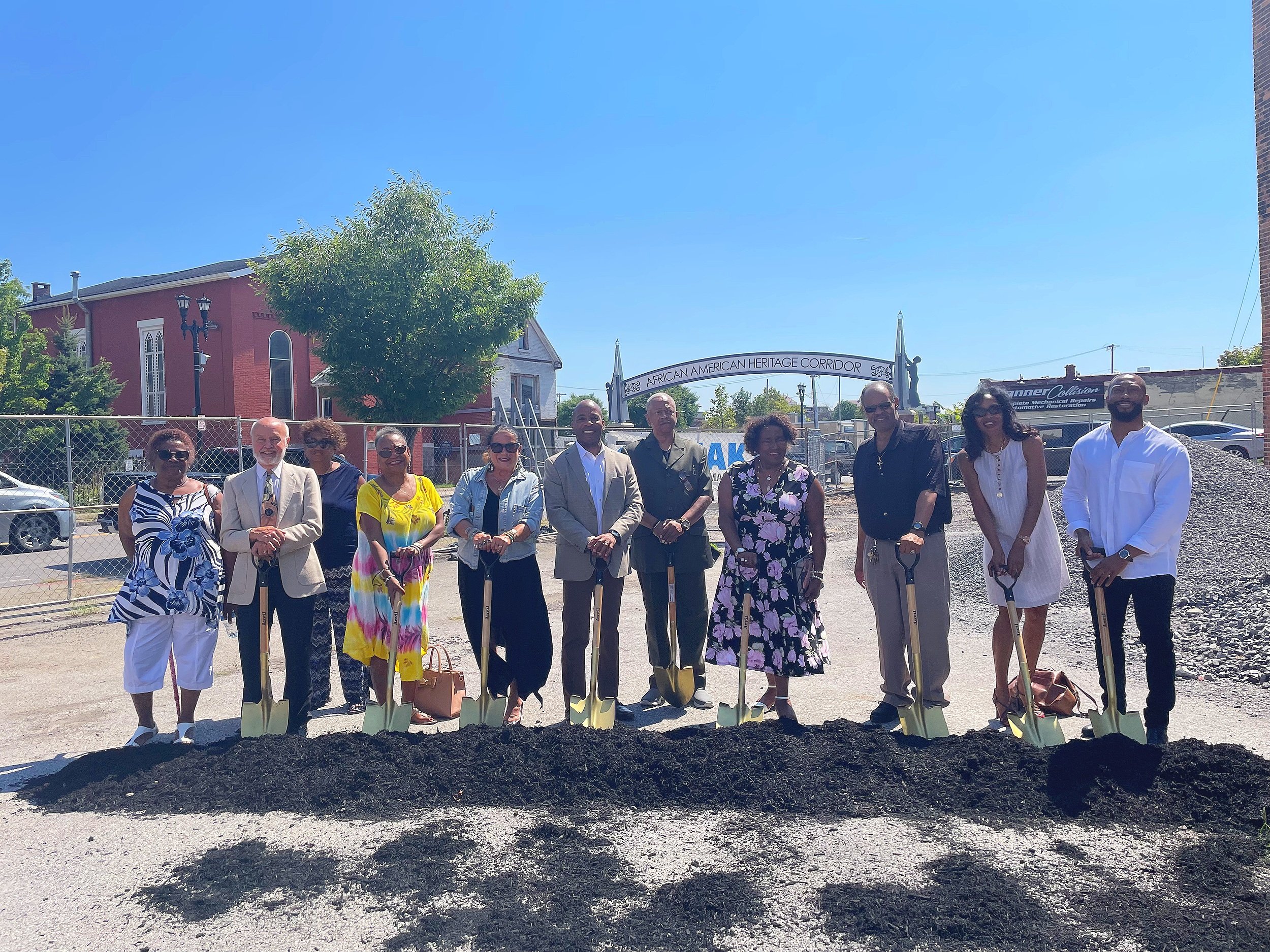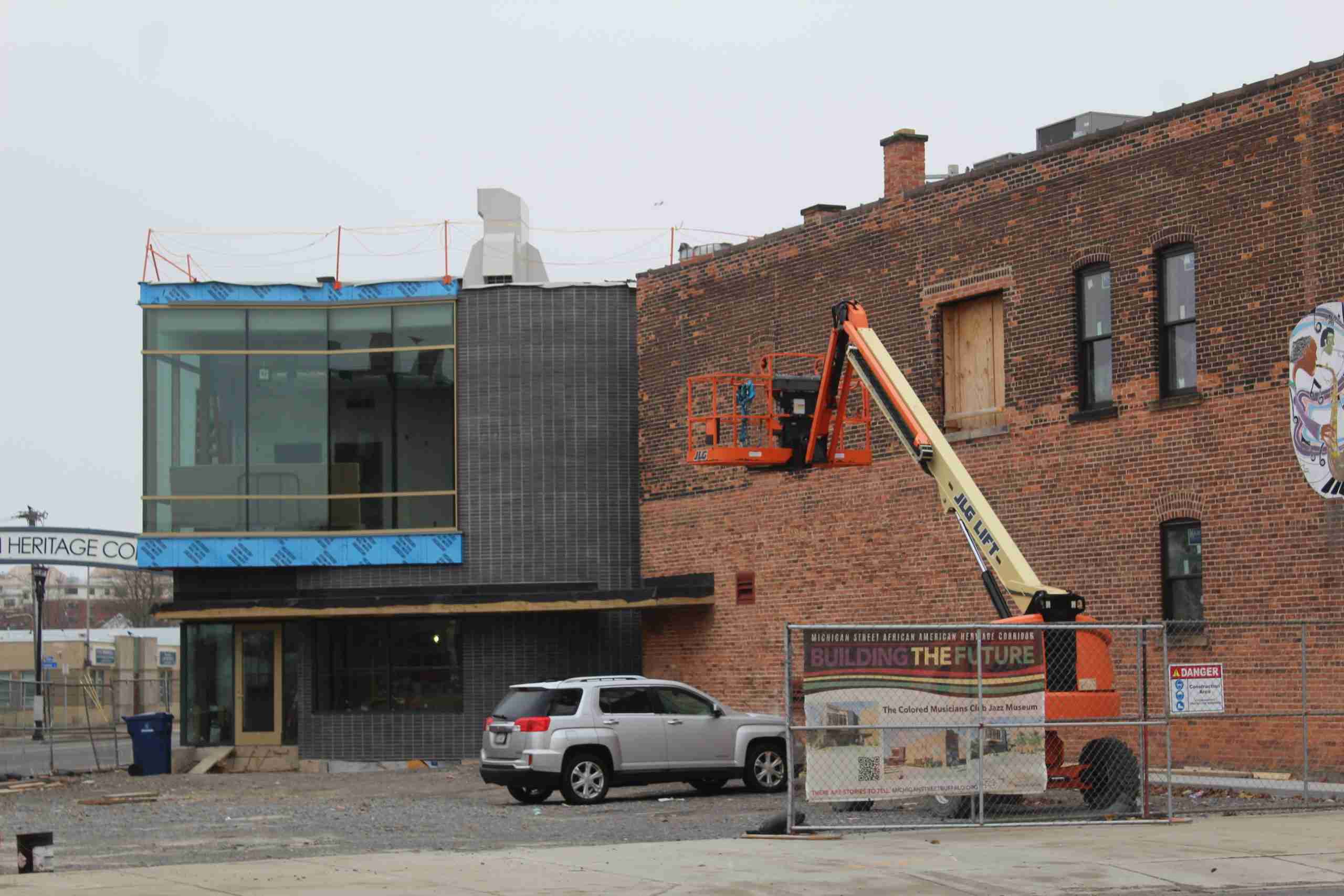
A $2.95 million renovation and expansion of The Colored Musicians Club and Jazz Museum is underway.
Designated as an historical landmark and a historical preservation site, the history of The Colored Musicians Club is one of triumph over adversity, pride in African American heritage, excellence in performance, and inclusivity. It is the only continuously running, all-Black-owned music venue in the United States.
Musicians’ Local 533 was formed in 1917 when African Americans were not permitted to join the White union. The following year, members formed a social club. Any Black musicians who wanted to perform in the area had to pay a fee to the union, whose offices were located on the first floor of the club. Local 533 was the most fiscally responsible, socially progressive Black union in the country.
The club was incorporated in 1935, utilizing the second floor for performances, practice, and rehearsals. World-renowned musicians like Billie Holiday, Dizzy Gillespie, and Count Basie mingled with the audience. Here, color was not an issue, only jazz was.
In 1969, after the passage of the Civil Rights Act, Local 533 was ordered to merge with the White union, but the newly integrated union favored its White members. Fortunately, the Colored Musicians Club was a separate entity from Local 533, so it became a place for musicians of all colors to gather after their gigs to jam. Here hope triumphed over hate. Inclusivity and diversity reigned. The CMC brought people of all races together and inspired a new generation of musicians.
The club’s museum provides an interactive experience for visitors of all ages. A multimedia archive tells the story of jazz legends who performed there. Teenagers mix their own music. With the press of a button, young aspiring artists make a musical instrument play.
The 2,000 square foot wood framed addition will provide a new handicapped-accessible main entrance that includes a reception and lobby area, and an elevator. The second floor will feature a prominently projecting glass-walled flexible rehearsal and event space with two practice rooms and a lobby that connects to the existing building via an enclosed bridge. The existing building will continue to house the museum on the first floor and a fully renovated and updated club/bar/stage on the second floor. The corner lot will be refurbished into a drop off lane, parking area, and a sculpture garden.
If its walls could talk, the Colored Musicians Club would speak of the power of jazz to bring all races together, the determination to overcome adversity, and the invaluable contributions of African Americans to our culture—especially in Buffalo, New York.
Learn more about Buffalo and the CMC’s roll in the fight for African American rights.



